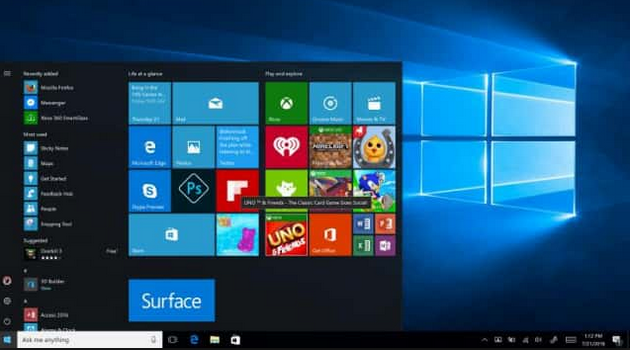Last Updated on December 26, 2022 by Mathew Diekhake
Many people didn’t want to use the Windows Update option because they didn’t want to be stuck with the newer version just in case they didn’t like it or they found too many bugs which hindered their experience. Some of you might not already know that Microsoft is offering a 30 day period to restore your machines back to the software version you had before the Windows 10 upgrade for those facing problems.
If you don’t like what you see with Windows 10, we suggest giving it more time and see what you think in a few more days. As with any good OS change in life, it takes time to mentally adjust to the direction Microsoft or other companies want to head. Often their ideas are worth adjusting to instead of heading back to the way things were before.

With that being said, anyone is welcome to downgrade to Windows 81 and Windows 7 using the guide below. It’s not just for those experiencing bugs. Microsoft will release updates in the near future to get rid of most known bugs, so those who aren’t experiencing too many bugs should also think about staying on Windows 10 for now.
REQUIREMENTS
- You can only downgrade the Windows 10 operating system if you didn’t wipe the stored version with the Disk Cleanup utility.
HOW TO DOWNGRADE WINDOWS 10 TO WINDOWS 7 OR WINDOWS 8.1
1. Press the Windows key + I and launch the Settings.
2. Click the Update & Security box.
3. Click the recovery option.
4. Find the option called ‘Go back to Windows’ with your previous operating system version displayed at the end.
5. Click ‘Get Started.’
6. Windows will now guide you through the rest. Follow the instructions on the screen to finish up.
Installing operating systems in their entirety can be long, including rolling back to your previous version so sit tight.
